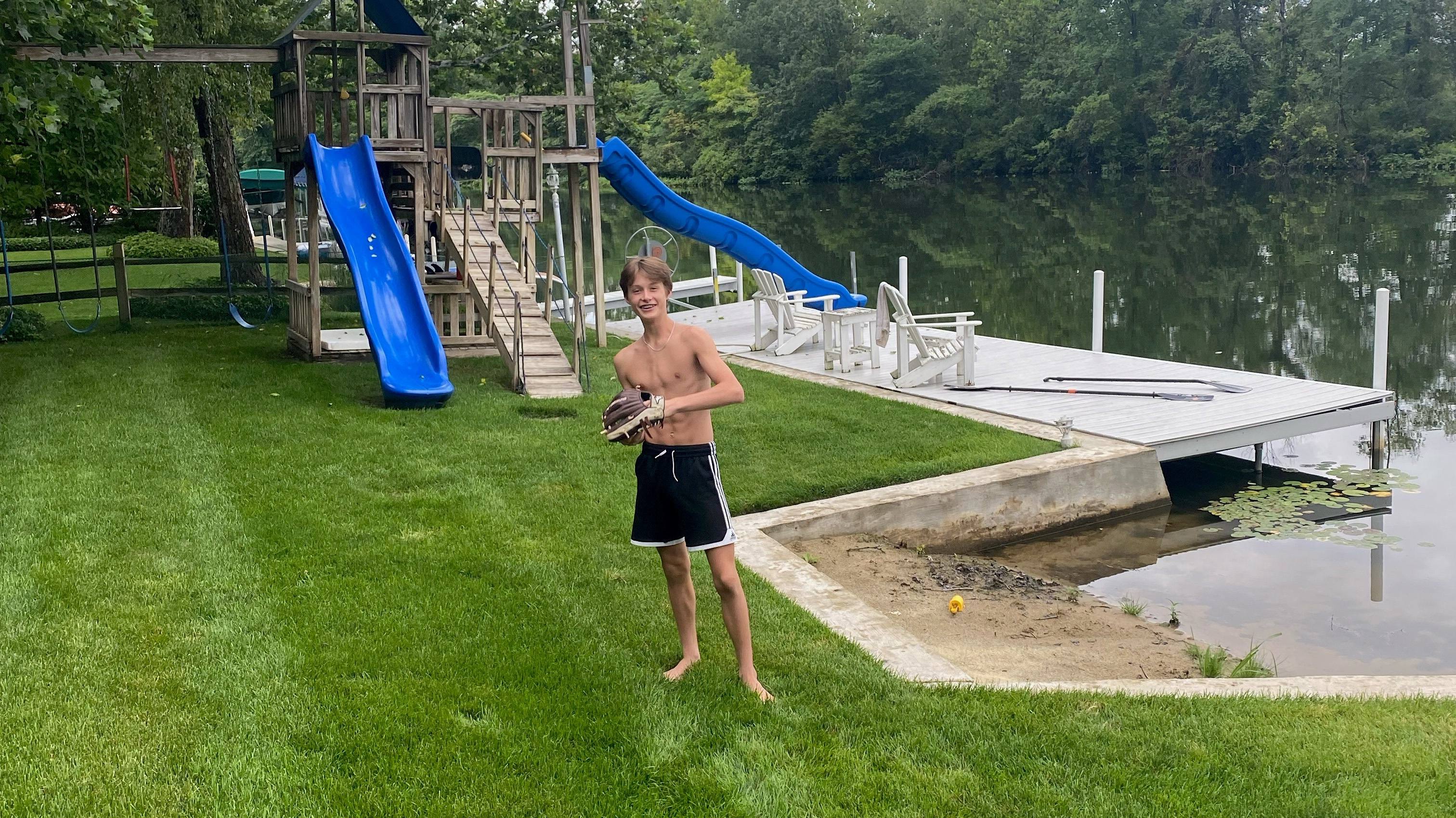Sharing Mayo Clinic

October 20, 2022
When he was in 5th grade, Dane Cripe’s buddies gave him a cool nickname: Tony. As in Tony Stark, Iron Man’s alter ego. Like the[...]

April 20, 2009

April 16, 2009

April 14, 2009

April 13, 2009

April 9, 2009

April 7, 2009

April 7, 2009

April 6, 2009

April 3, 2009
Explore more topics
 Sign up
Sign up

Mayo Clinic Connect
An online patient support community
